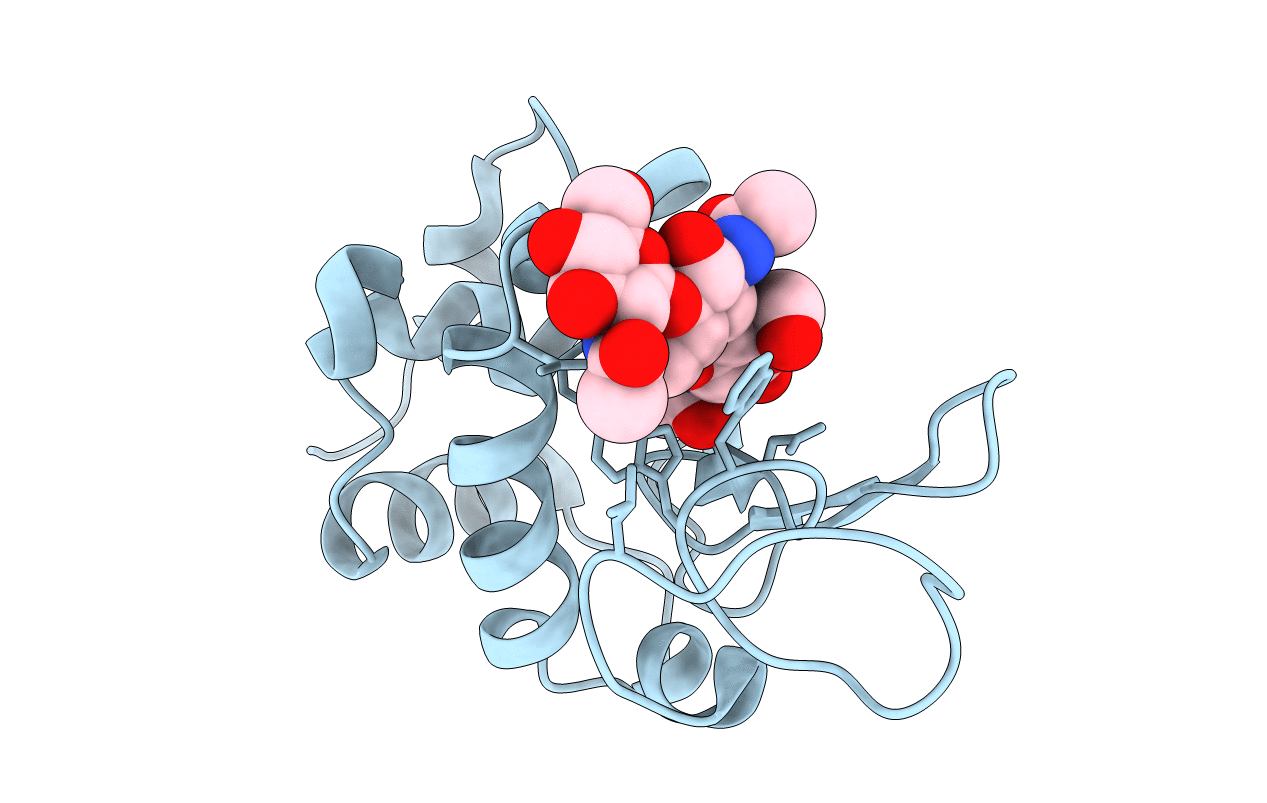
Deposition Date
2009-06-16
Release Date
2009-11-03
Last Version Date
2024-10-23
Entry Detail
PDB ID:
3A3Q
Keywords:
Title:
Structure of N59D HEN EGG-WHITE LYSOZYME in complex with (GlcNAc)3
Biological Source:
Source Organism:
Gallus gallus (Taxon ID: 9031)
Host Organism:
Method Details:
Experimental Method:
Resolution:
2.00 Å
R-Value Free:
0.28
R-Value Work:
0.20
R-Value Observed:
0.21
Space Group:
P 43 21 2


